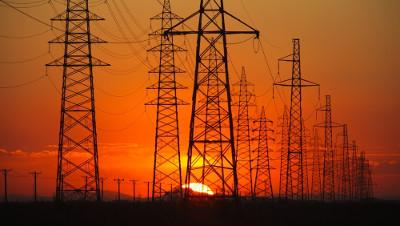Load Forecasting Techniques in Power System:
As power plant planning and construction require a gestation period of four to eight years or even longer for the present day super power stations, energy and load demand forecasting plays a crucial role in power system studies. This necessitates long range forecasting. While sophisticated probabilistic methods exist in literature [5, 16, 28], the simple extrapolation of Load Forecasting in Power System is quite adequate for long range forecasting. Since weather has a much more influence on residential than the industrial component, it may be better to prepare forecast in constituent parts to obtain total.
Both power and energy forecasts are made. Multi factors involved render forecasting an involved process requiring experience and high analytical ability.
Yearly forecasts are based on previous year’s loading for the period under consideration updated by factors such as general load increases, major loads and weather trends.
In short-term Load Forecasting in Power System, hour-by-hour predictions are made for the particular day under consideration. A minor forecast error on low side might necessitate the use of inefficient, oil-fired turbine generators or “peaking units” which are quite costly. On the other hand, a high side forecast error would keep excessive generation in hot reserve. Accuracy of the order of 1% is desirable. A temperature difference of 2°C can vary the total load by 1%. This indicates the importance of reliable weather forecast to a good load forecast.
The short term forecast problem is not a simple one as often random factors such as unexpected storms, strikes, the sudden telecast of a good TV programme can upset the predictions. In India, energy demand and installed generating capacity are both increasing exponentially (so is population growth a truly formidable combination). Power demand has been roughly doubling every ten years as in many other countries.
In 2001, the total installed generation capacity in India is 100,000 MW. As per the present indications, by the time we enter the 2nd decade of the 21st century it would be nearing 2,00,000 MW a stupendous task indeed. This, in turn, would require a corresponding development in coal resources.
